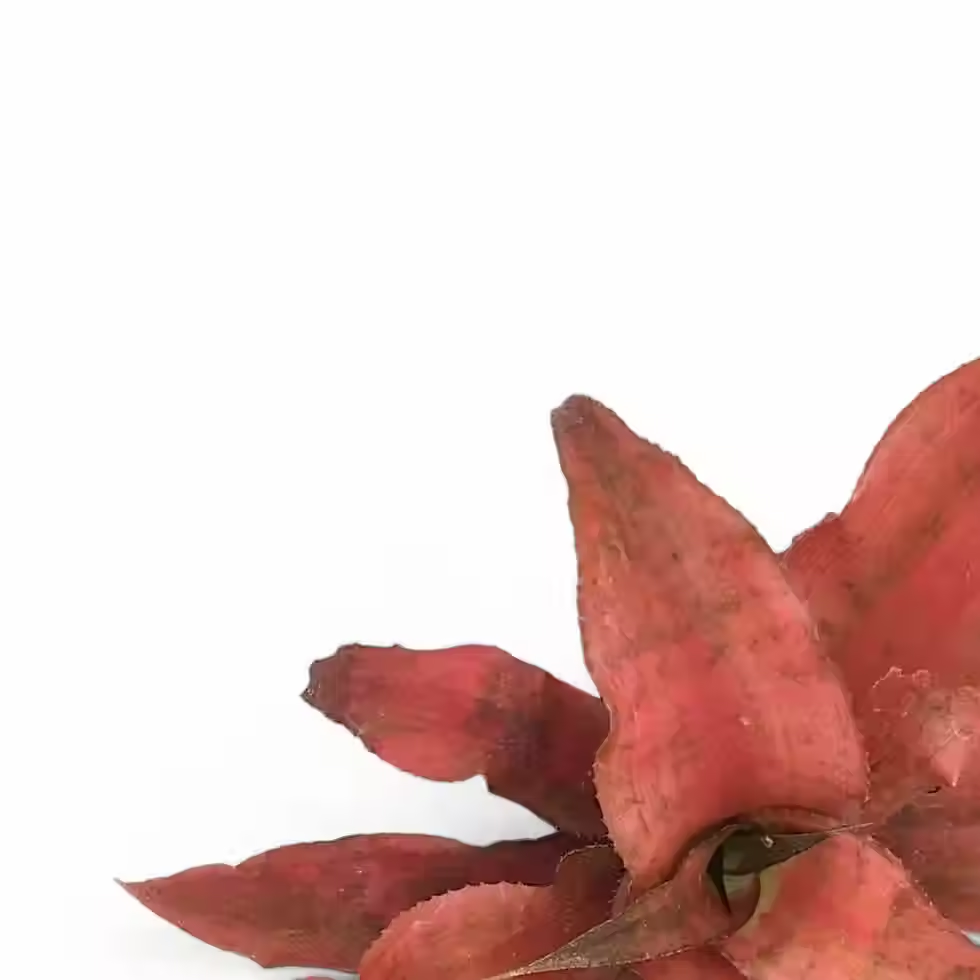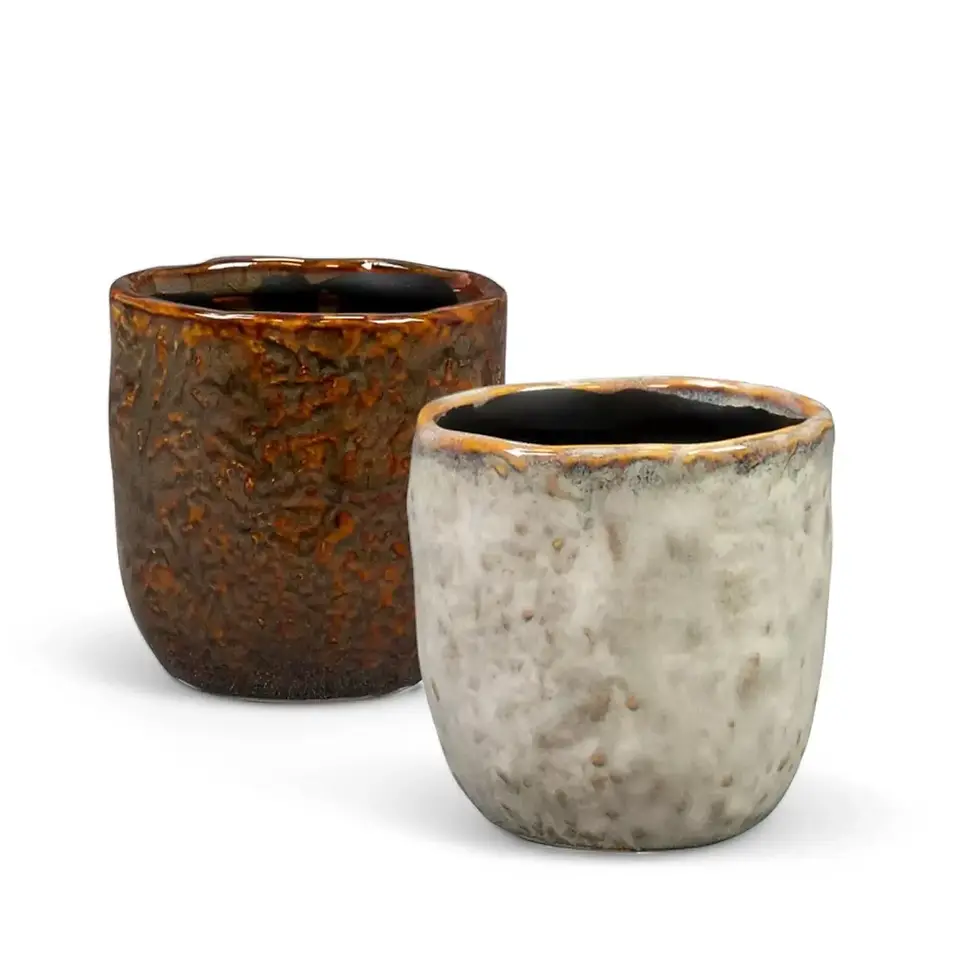Hoya compacta Plant Care and Information Guide
Hoya compacta C. M. Burton, also known as the 'Hindu Rope' plant, is a unique and popular member of the Hoya family. Its twisting, cascading vines bring a vibrant touch to indoor spaces, making it a standout in any plant collection. Originally from tropical regions, Hoya compacta is thought to be native to China, similar to its close relatives. Experts debate whether Hoya compacta is a separate species or a variant of Hoya carnosa, but it’s undeniably a beautiful, easy-care plant.
Key Features of Hoya compacta
- Twisted, Waxy Leaves: The tightly curled, waxy leaves of Hoya compacta resemble rope-like chains, perfect for adding interest to your space. The thick leaves retain moisture, making the plant more drought-tolerant than many other houseplants. Leaves can be vibrant green or bicolored, each adding a unique flair.
- Vine-Like Growth: The fast-growing vines can be trained over a trellis or allowed to trail from a hanging basket. Whether shaped decoratively or left cascading, the flexible vines add lush, green character to any space.
- Resilient and Low-Maintenance: Hoya compacta’s leathery leaves are tough and can handle occasional neglect, making it a great option for busy plant owners. With gentle pruning, it will branch abundantly, allowing for creative display.
- Charming Flowers: Primarily grown for its foliage, Hoya compacta can also produce star-shaped flowers in pink or white. These fragrant flowers grow in spherical clusters. Since flower stalks can rebloom multiple times, avoid trimming them after blooms fade.
Caring for Hoya compacta as a Houseplant
- Light: Hoya compacta thrives in bright, indirect light. It can tolerate some shade, but avoid direct sunlight, which can scorch the leaves. Place it in a well-lit spot to encourage healthy growth and flowering.
- Watering: Water thoroughly, but allow the soil to dry out between waterings. Overwatering can lead to root rot, so it's better to err on the side of underwatering. Hoya compacta’s drought tolerance means it can handle dryness better than excessive moisture.
- Soil: Use a well-draining potting mix, such as one designed for cacti or succulents. Adding perlite or orchid bark can further improve drainage to help prevent root rot.
- Humidity: Hoya compacta enjoys higher humidity but adapts well to average indoor conditions. If the air is very dry, consider using a humidifier or grouping it with other plants. Avoid misting directly onto the leaves, as moisture can be trapped in the folds, leading to fungal growth.
- Fertilization: Use a balanced, water-soluble fertilizer every few weeks during the growing season to encourage lush foliage and blooms.
- Propagation: Propagate by taking stem cuttings of 10-15 cm, ideally during the growing season. Ensure the cutting has one or two nodes. Place in water or moist soil until roots develop. Covering the cuttings or placing them in a warm spot can improve success rates.
Natural Habitat
In its natural environment, Hoya compacta grows in tropical forests as an epiphyte—clinging to trees and drawing nutrients from decaying organic matter. Mimicking these conditions at home by providing bright, indirect light and higher humidity will help your Hoya thrive.
Common Issues and Solutions for Hoya compacta
- Pests: Mealybugs, spider mites, and aphids can occasionally bother Hoya compacta. Treat with insecticidal soap , neem oil, or use beneficial insects. Regular checks are important, as the curled leaves can make pests difficult to spot.
- Root Rot: Overwatering or poor drainage often causes root rot. Ensure your pot has drainage holes and let the soil dry between waterings.
- Drooping Leaves: Usually mean a watering issue. If the soil feels dry, water thoroughly. If it’s wet, let it dry out before watering again.
- Leaf Discoloration: Yellow or pale leaves indicate insufficient light. Move your plant to a brighter area, but keep it away from direct sunlight to avoid leaf burn.
Additional Tips for Growing Hoya compacta
- Placement: Hoya compacta looks stunning in hanging baskets, on shelves, or on plant stands where its trailing vines can be fully displayed. It’s an excellent choice for adding a tropical vibe to any room, whether a living room, office, or bedroom.
- Repotting: Hoya compacta prefers being slightly root-bound, so repotting every two to three years is usually sufficient. Choose a pot just slightly larger than the current one to prevent overwatering issues.
- Temperature: Ideal temperatures range between 18°C and 26°C. Avoid temperatures below 10°C, as the plant is not cold-tolerant.
Symbolism and Cultural Significance of Hoya compacta
The name 'Hindu Rope' comes from the plant's twisting, rope-like vines, symbolizing strength, durability, and natural beauty. In Feng Shui, Hoya compacta is thought to enhance positive energy and harmony, contributing to a peaceful atmosphere in any room.
Etymology and History
Hoya compacta is named after Thomas Hoy, an 18th-century English gardener known for his work with tropical plants. The cultivar name 'Compacta' describes its compact, curled leaves. The name 'Hindu Rope' was popularized by breeder Hummel in the 1950s, and the plant has since become a favorite among houseplant enthusiasts.
Frequently Asked Questions (FAQ) for Hoya compacta
- How often should I water my Hoya compacta? Water thoroughly but let the soil dry out between waterings. Overwatering is the most common issue, so make sure the soil dries out adequately.
- Why are my Hoya compacta leaves turning yellow? Yellowing leaves usually mean the plant isn’t getting enough light or is being overwatered. Move it to a spot with more bright, indirect light and adjust your watering.
- How long does it take for Hoya compacta to bloom? Hoya compacta may take several years to bloom, especially indoors. Keeping it slightly root-bound, providing bright, indirect light, and maintaining consistent care will increase its likelihood of flowering.
Ready to add a Hoya compacta to your collection? This unique 'Hindu Rope' plant is perfect for creating an eye-catching display with its stunning foliage and occasional blooms.
Hoya compacta
Hoya compacta is approximately 7 cm tall and comes in a ⌀ 6 cm pot.

























































